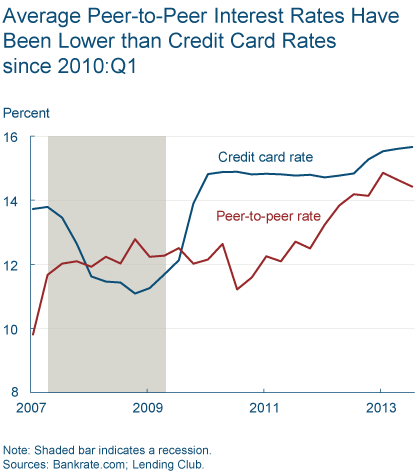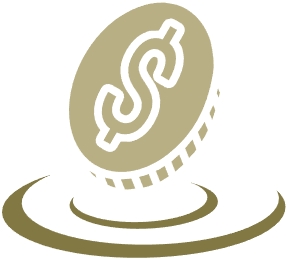What P2P is Today: Peer-to peer lending


Delinquency is also lower with P2P loans than traditional consumer loans. In the period between 2010 and 2014, 3.2% of P2P loan averages were past due compared to 3.7% for more traditional consumer loans like credit cards.
P2P lending has grown and is proving an attractive option for both borrowers and lender alike. However, some investors remain sceptical about its future and long-term impact on the economy.
Fitch Ratings , a leader in global credit ratings and market research, recently released a report that expressed some concerns regarding the peer-topeer lending sector and its viability as a platform for investment. Fitch Ratings, one of the most important credit rating agencies, assigns credit ratings that evaluate the probability of defaulting and making timely payments. These ratings inform investors and allow them to assess risk.
Fitch has expressed its belief that peer-to-peer loans have a great deal of potential. However, they do also express some concerns regarding the P2P sector.
They are concerned about:
- It’s hard to assess the long-term viability of peer-to-peer loans because they have a short history.
- The majority of loans are for debt consolidation and carry a high risk of interest rate increases, which can negatively affect both investors and borrowers.
- Currently, P2P lending is closely scrutinized.
Fitch says in the report;
P2P lenders are a different breed from traditional banks. They act primarily as intermediaries who collect fees by brokering loans between lenders and borrowers. Companies are often undercapitalized and subject to intense regulatory scrutiny. Fitch considers the high regulatory, legislative, and litigation risk, as well the lack of prudential regulations (no minimum requirements for capital) as factors that limit the potential ratings of P2P lending to below investment grade.
Fitch’s concerns align with those of many investors. It will be interesting how peer-to-peer loans continue to grow and evolve. Due to the fact that P2P is a relatively new concept, it can be difficult to determine its benefits and success. Investors should monitor their P2P investments to see how they are doing.
You should decide for yourself whether peer-to-peer loans are worth it to you.









Leave a Reply